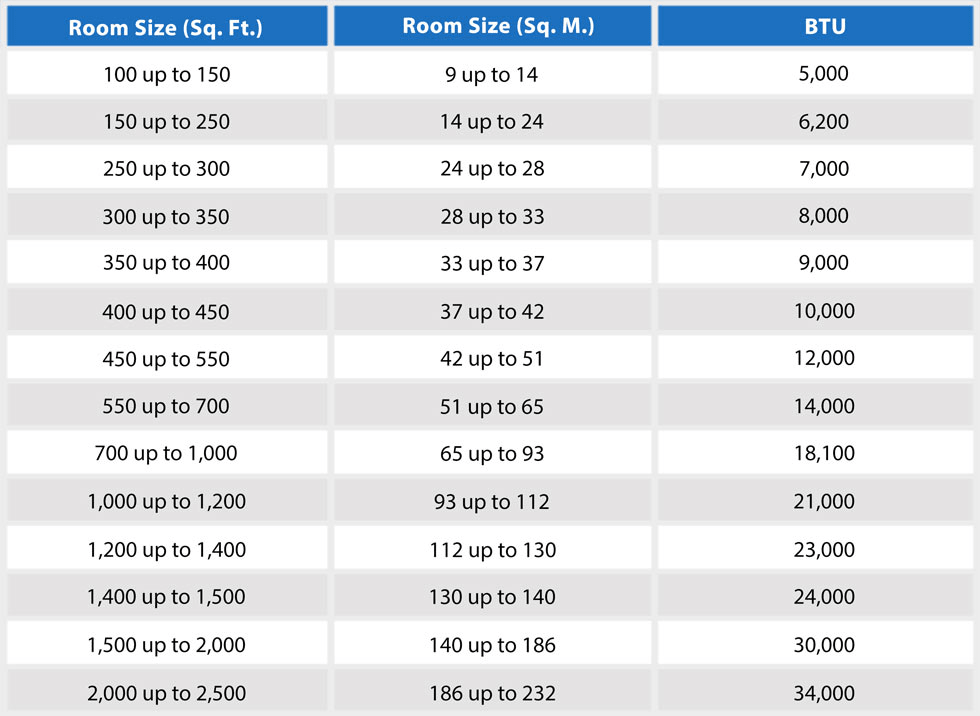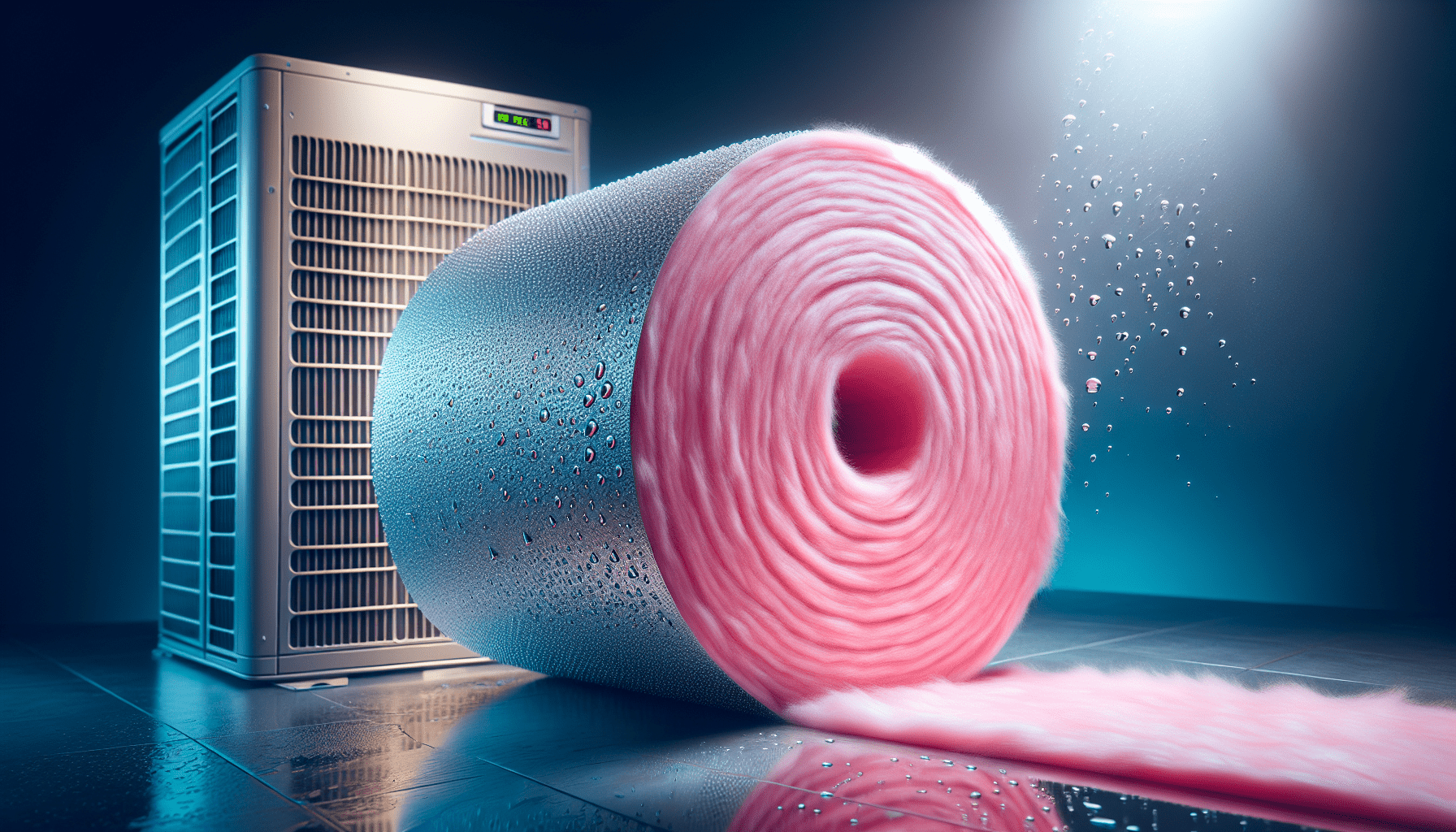In this article, we will guide you through the process of recharging a window AC unit. Whether you are experiencing a decline in cooling performance or the AC unit is not blowing cold air as it should, we’ve got you covered. By following a few simple steps, you can restore the efficiency and effectiveness of your window AC unit, ensuring a comfortable living space during those hot summer days. So, let’s get started and learn how to recharge a window AC unit in no time.
Preparation
Ensure Safety
Before starting any maintenance or repair work on your window AC unit, it is important to prioritize safety. Make sure to unplug the unit from the power source to avoid any electrical accidents. Additionally, wear protective gloves and goggles to protect yourself from any potentially harmful substances or debris.
Gather Required Tools
To successfully recharge your window AC unit, you will need a few essential tools. Firstly, acquire a recharge kit specifically designed for your AC unit, ensuring it contains the correct type of refrigerant. Additionally, gather adjustable wrenches, a pressure gauge, and a flashlight to help you navigate through the process.
Turn Off the AC Unit
To prevent any mishaps during the recharging process, it is crucial to turn off your window AC unit. This will help in avoiding unnecessary complications and ensure a smooth and safe recharge.
Identifying the Issue
Check if a Recharge is Needed
The first step in the process is to determine whether your window AC unit requires a recharge. You can do this by assessing the cooling performance of the unit. If you notice that the air being produced is significantly less cool than usual or if the unit is struggling to reach the desired temperature, it may indicate the need for a recharge.
Diagnose Leaks or Other Problems
If you suspect that your window AC unit requires a recharge, it is important to investigate further to identify any potential leaks or underlying issues. Inspect the unit for any visible signs of leakage, such as oil stains or frost build-up on the refrigerant lines. Additionally, pay attention to any strange noises or unusual behavior from the unit, as these can also indicate a problem that needs to be addressed before proceeding with the recharge.
Understanding the AC Refrigerant
Know the Type of Refrigerant
Before attempting to recharge your window AC unit, it is essential to determine the type of refrigerant it uses. The most common types are R-22 and R-410A. This information can usually be found on the unit itself, in the owner’s manual, or by contacting the manufacturer. Knowing the correct refrigerant type is crucial, as using the wrong one can damage your unit and pose safety risks.
Understand the Need for Recharging
Refrigerant is the lifeblood of your window AC unit, responsible for the cooling process. Over time, the refrigerant may dissipate or leak due to various factors. This can lead to a decrease in cooling performance and efficiency. Recharging the unit replenishes the refrigerant levels, ensuring optimal performance and efficiency.
Locating the Refrigerant Ports
Find the Low-Pressure Port
Locating the low-pressure port is essential for a successful recharge. This port is typically marked with an “L” or labeled as “low.” To find it, refer to your AC unit’s manual or examine the unit itself. Once located, ensure that the port is accessible and free from any debris or obstruction.
Identify the High-Pressure Port
In addition to the low-pressure port, your window AC unit will also have a high-pressure port. This port is usually marked with an “H” or labeled as “high.” Like the low-pressure port, the high-pressure port should be identified and kept clear of any debris. Identifying both ports correctly is crucial to ensure a safe and efficient recharge process.
Preventing Leaks
Inspect Connections for Leaks
Leaks in the refrigerant system can significantly impact the effectiveness of your window AC unit. Therefore, it is essential to inspect all the connections and fittings for any signs of leakage. Look out for oil stains, wet spots, or hissing sounds, as these are typical indicators of a refrigerant leak. If you identify any leaks, it is recommended to consult a professional HVAC technician for repairs before proceeding with the recharge.
Tighten Loose Fittings
To prevent future leaks and maintain the integrity of your window AC unit’s refrigerant system, it is crucial to ensure that all fittings are secure and tightly sealed. Use your adjustable wrenches to tighten any loose connections, but be careful not to over-tighten and risk damaging the fittings. A little extra attention to this detail can go a long way in preventing potential leaks.
Preparing the Recharging Kit
Choose the Correct Refrigerant
Selecting the appropriate refrigerant for your window AC unit is vital to ensure compatibility and optimal performance. As mentioned earlier, R-22 and R-410A are the most common types. It is crucial to use the same refrigerant type specified by the manufacturer to avoid damaging the unit. Refer to the AC unit’s manual or consult a professional if you are uncertain about the correct refrigerant type.
Attach the Recharge Hose
Once you have the correct refrigerant and recharge kit, attach the recharge hose to the kit according to the manufacturer’s instructions. The recharge hose is a flexible tube that connects to the refrigerant ports on your AC unit. Ensure a secure connection by following the provided guidelines, as any loose fittings can lead to inefficiencies and potential leaks.
Recharging the Window AC Unit
Connect the Recharge Kit to the Low-Pressure Port
With the recharge hose securely attached to the kit, it is time to connect it to the low-pressure port of your window AC unit. Make sure the connection is tight and leak-free. Take extra care not to damage the port during this process, as any damage can compromise the efficiency of the recharge.
Start the Recharge Process
Once the connections are secure, it’s time to start the recharge process. Follow the instructions provided with your recharge kit to begin the flow of refrigerant into the AC unit. Take note of any pressure or volume specifications mentioned by the manufacturer. It is crucial to follow these guidelines to ensure a safe and effective recharge.
Monitor the Pressure Gauge
As the recharge progresses, keep a close eye on the pressure gauge provided with the recharge kit. The gauge will indicate the pressure levels inside the AC unit, helping you gauge the progress and prevent overcharging. Overcharging can cause system malfunctions and potentially damage the unit, so it is essential to monitor the pressure gauge throughout the process.
Completing the Recharge
Stop the Recharge
Once the desired pressure levels have been achieved, it is time to stop the recharge process. Follow the instructions provided with your recharge kit to safely shut off the flow of refrigerant. Take care not to overcharge the unit by monitoring the pressure gauge and following the recommended specifications.
Disconnect the Recharge Kit
Once the recharge is complete, disconnect the recharge kit from the low-pressure port of your window AC unit. Ensure that you do this with caution, avoiding any accidental release or spills during the disconnection. Properly seal the recharge kit to prevent any refrigerant from escaping.
Testing the AC Unit
Turn On the AC Unit
After completing the recharge process and disconnecting the recharge kit, you can now turn on your window AC unit. Ensure that all safety measures, such as plugging it back into the power source and securing any protective covers, have been taken care of. Switch on the unit and allow it to run for a few minutes to assess its performance.
Check for Cool Air
As the window AC unit runs, assess whether it is producing cool air as expected. Observe the air temperature and flow to determine if the recharge has successfully improved the cooling performance of the unit. If you notice that the air is still not adequately cool or if there are any other issues, it may be necessary to seek further professional assistance.
Monitor Performance
After recharging your window AC unit, it is essential to monitor its performance over the next few days. Pay attention to any changes in cooling efficiency, unusual sounds, or any other warning signs that may indicate the need for additional repairs or maintenance. Regular monitoring will help ensure that your AC unit continues to function optimally.
Tips for Maintenance
Clean the AC Filter Regularly
To maintain the efficiency and effectiveness of your window AC unit, it is crucial to clean or replace the air filter regularly. Over time, dust and debris can accumulate on the filter, obstructing airflow and reducing cooling performance. Refer to your AC unit’s manual to understand the appropriate cleaning frequency and method for your specific model.
Inspect the AC Unit Annually
In addition to regular filter maintenance, it is recommended to conduct an annual inspection of your window AC unit. This inspection should involve checking for any signs of leaks, loose connections, or other visible damage. Additionally, consult a professional HVAC technician to perform a more in-depth inspection and address any potential issues before they escalate.
Keep the Area Surrounding the AC Unit Clear
To optimize airflow and prevent any obstructions, it is essential to keep the area surrounding your window AC unit clear. Remove any debris, plants, or other objects that may impede the free movement of air. This simple step will contribute to the overall efficiency and longevity of your AC unit.
In conclusion, recharging a window AC unit can help restore its cooling performance and efficiency. By following the outlined steps and taking the necessary precautions, you can safely and effectively recharge your AC unit, ensuring a comfortable living environment during the hot summer months. Additionally, regular maintenance and inspections can help prolong the lifespan of your unit and prevent costly repairs. Remember to prioritize safety, use the correct refrigerant, and consult professionals when unsure or faced with complex issues. With proper care and maintenance, your window AC unit will continue to provide cool and refreshing air for years to come.





